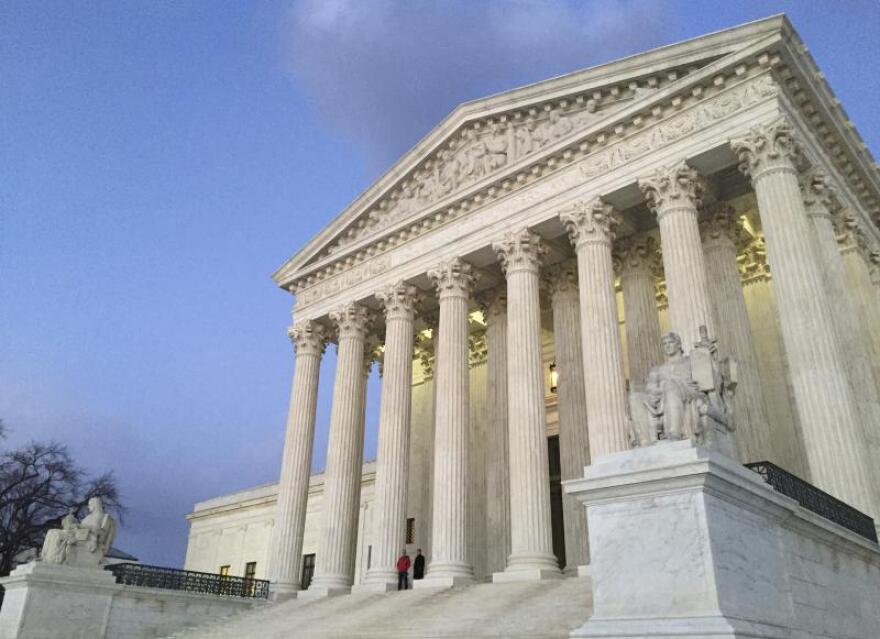The Supreme Court is plunging back into the issue of whether electoral districts can be too partisan.
Disputes have arisen in cases involving North Carolina's heavily Republican congressional map and a Democratic congressional district in Maryland, and the justices said Friday they will hear arguments in March.
The high court could come out with the first limits on partisan politics in the drawing of electoral districts, but also could ultimately decide that federal judges have no role in trying to police political mapmaking.
The court took up the issue of partisan gerrymandering last term in cases from Wisconsin and the same Maryland district, but the justices failed to reach a decision on limiting political line-drawing for political gain.
Justice Anthony Kennedy had said he was open to limits. He has since retired, and Justice Brett Kavanaugh has taken Kennedy's seat. He has no judicial record on the issue.
The court again has taken one case in which Democrats are accused of unfairly limiting Republicans' political power and one in which Republicans are the alleged culprits. The court also has the entire North Carolina congressional map before it, but only the one Maryland district.
In both cases, however, lower courts have found that the party in charge of redistricting — Republicans in North Carolina, Democrats in Maryland — egregiously violated the rights of voters in the other party.
The North Carolina map was redrawn in 2016 because federal courts determined two districts originally drawn in 2011 were illegal because of excessive racial bias.
In November, Republicans won at least nine of the 13 seats in North Carolina's congressional delegation and appeared to have won a 10th seat, in keeping with how many they held before the 2016 remapping. But state election officials have so far declined to certify the results in the 9th District in south-central North Carolina because of allegations of absentee ballot fraud.
A key Republican in the North Carolina redistricting process, state Rep. David Lewis, has said that he drew 10 Republican districts because he did not "believe it's possible to draw a map with 11 Republicans and two Democrats."
In January, a three-judge court found that the map violated the Constitution and ordered the state to come up with a new plan quickly, in time for the 2018 elections. But the Supreme Court delayed enforcement of the court order, mainly because the justices already were considering the partisan districting cases from Maryland and Wisconsin.
When those cases did not settle the issue, the high court ordered the three judges to take a new look at their earlier decision. They reaffirmed the ruling in August, but also ruled there wasn't enough time to put new districts in place for 2018.
In Maryland, Democratic Rep. David Trone was sworn into office Thursday to represent a district that runs from the Washington suburbs to the rural northwest corner of the state. Democrats who controlled the redistricting process overhauled the district in 2011, turning what had been a reliably Republican stronghold into a Democratic district.
Several Republican voters sued over the new district's boundaries, claiming it unfairly favored Democrats.
A day after the November elections, a three-judge panel agreed with the Republicans who sued and ordered Maryland officials to draw a new congressional redistricting plan that isn't tainted by partisan gerrymandering.
Judge Paul Niemeyer of the U.S. Court of Appeals for the 4th Circuit said in his opinion for the panel that the Maryland congressional map removed roughly 66,000 Republican voters from the district and added around 24,000 Democratic voters, "bringing about the single greatest alteration of voter makeup in any district in the Nation following the 2010 census."
___
Associated Press writer Gary Robertson in Raleigh, North Carolina, contributed to this report.

